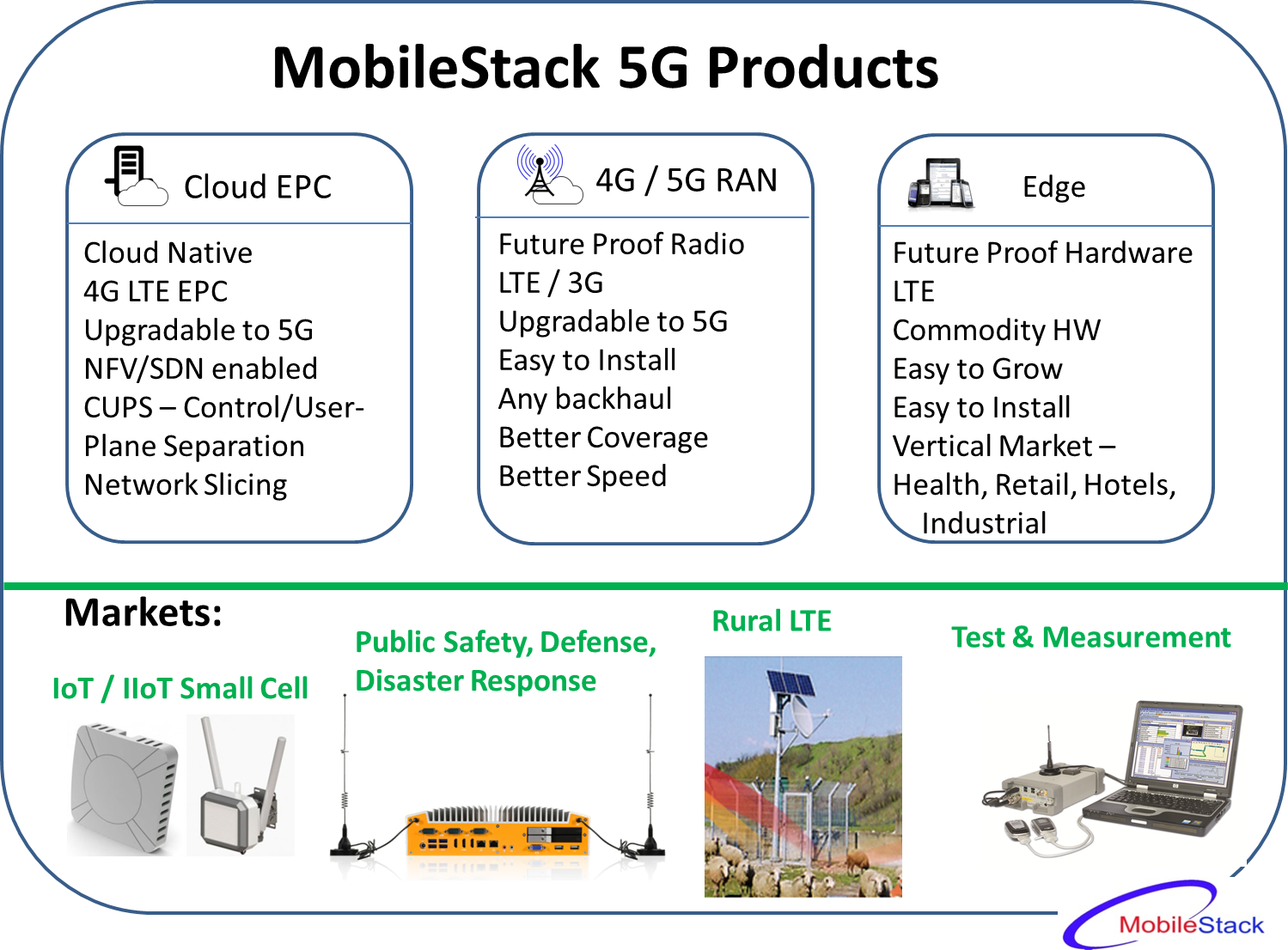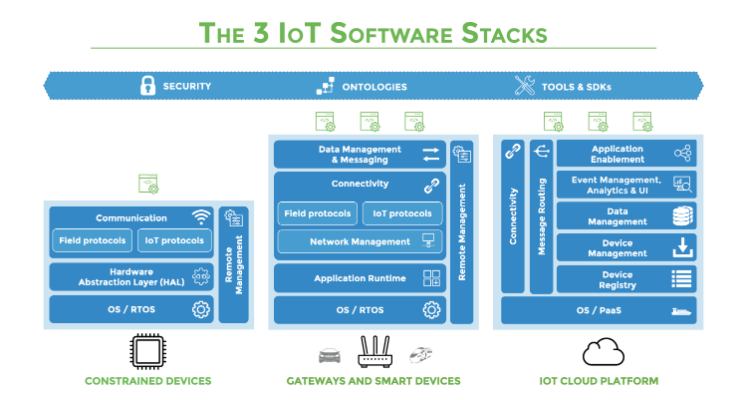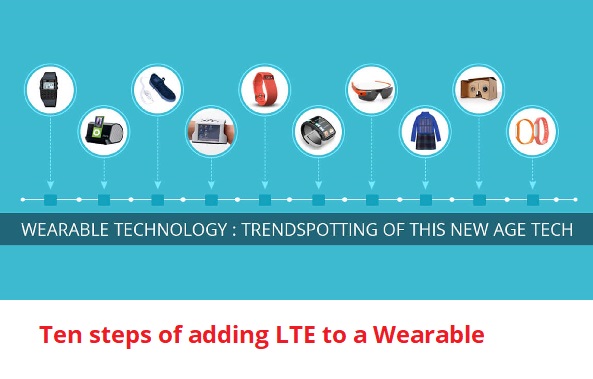Mobilestack 5G Products using future-proof Hardware Introduction Future Proof 5G products are needed to reduce network cost with faster upgradability. …
A typical IoT solution is characterized by many devices (i.e. things) that may use some form of gateway to communicate…
Adding LTE to a Wearable is not as easy as adding Bluetooth to a Wearable. Mobilestack Inc has deep experience…
With a demo of LTE-in-a-box solution, Mobilestack Inc announces the availability of a low cost LTE-in-a-box solution and vEPC Solution. Please…






